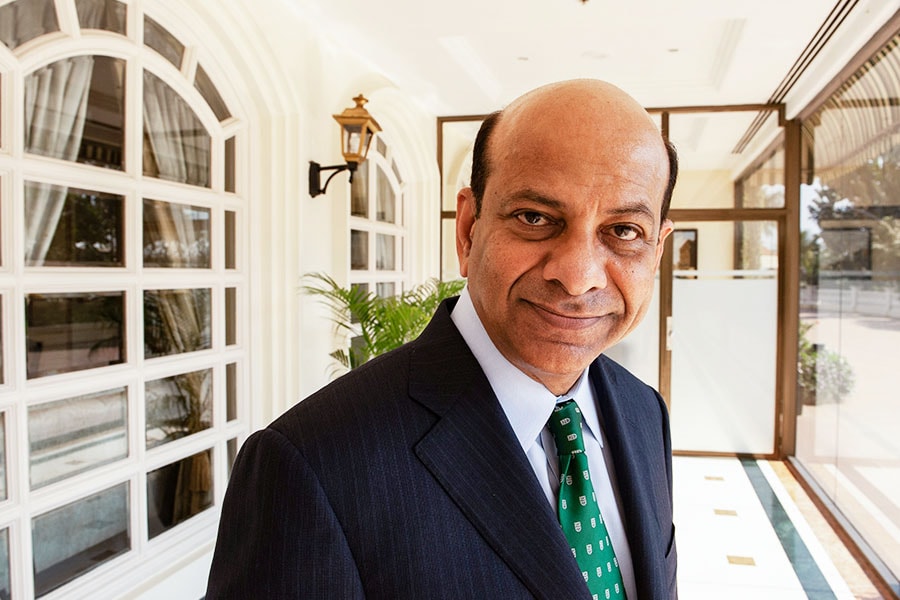
Indian companies should focus on high value manufacturing: Vijay Govindarajan
The strategy and innovation expert talks about why it's important for businesses to fuse physical and digital to create value, and why he thinks AI stands for 'augmented intelligence'
 Vijay Govindarajan, the Cox distinguished professor at the Tuck School of Business at Dartmouth College
Image: Vikas Khot
Vijay Govindarajan, the Cox distinguished professor at the Tuck School of Business at Dartmouth College
Image: Vikas Khot
In the early 80s, a young man from India joined the Harvard Business School as a faculty. At the time, faculty members were asked to do research on how information technology can affect the world of business and the discipline of management. Here we are in 2024, and all these years later, we are asking the same questions, says the young man, who is now in his 70s and an expert on strategy and innovation.
Vijay Govindarajan, or VG, as he’s called, is the Cox distinguished professor at the Tuck School of Business at Dartmouth College. He is the author of best-selling books like Reverse Innovation and The Three-Box Solution.
His new book, Fusion Strategy, is about how companies should fuse the physical and digital to create value and compete in the new age. The book says companies need to use real-time data to turbocharge their products, strategies, and customer relationships.
VG also believes that AI should be ‘augmented intelligence’ instead of artificial intelligence because, according to him, intelligent humans and powerful machines in combination is what creates value.
Edited experts from an interview on the From the Bookshelves podcast:








